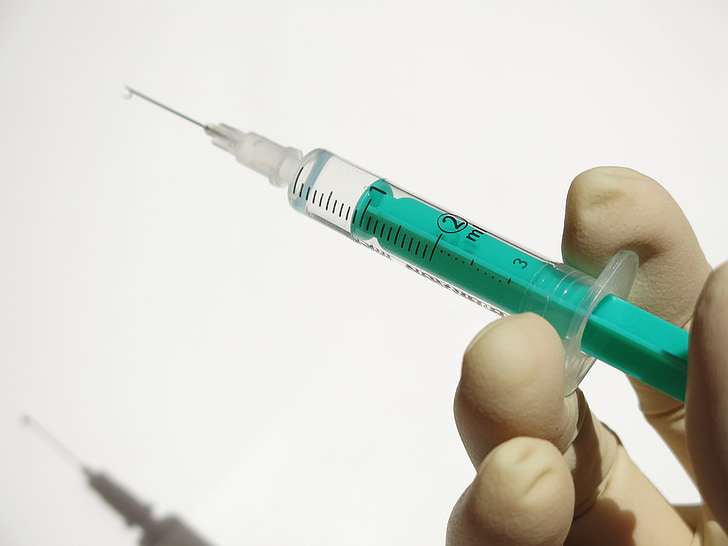Routine injection ends in toxic exposure
19 November 2021

A U of A researcher was injecting a mouse with diphtheria toxin when the animal struggled, causing him to poke himself with the needle. After washing the area with soap and water, he attempted to contact his supervisor, but couldn’t reach him. Uncertain what to do next he phoned HealthLink and was instructed to go to Emergency for medical attention.
Diphtheria toxin is a biological toxin produced by a bacterium. It is a highly toxic substance that can cause severe tissue damage by shutting down protein synthesis within cells. When it enters the bloodstream it can cause heart, nerve, and kidney damage.
What went wrong
While the research group had basic protocols in place for the safe handling and storage of diphtheria toxin, individuals were not trained in the specific hazards associated with the different routes of transmission. There was also a gap in the emergency response procedure. There was no mention of the Poison & Drug Information System (PADIS) and there was no information regarding what to do in case of a needle stick injury while using diphtheria toxin.
Strategies for prevention
While this incident involved the diphtheria toxin, the following injury prevention strategies apply to anyone conducting animal work involving highly toxic substances:
- Before handling a highly toxic substance, review the commercial SDS and develop safe work practices and emergency response procedures specific to each potential route of exposure (i.e.., needlestick, percutaneous injury, etc.). Where the SDS is insufficient or does not include specific details for the type of work you are doing, find other resources that provide this information.
- In your emergency response plan, include immediate notification of the Poison & Drug Information Service (PADIS), which offers free and confidential expertise and advice (1-800-332-1414).
- Do not work with highly toxic substances while alone; ensure that you and others around you understand the hazards of the work you are doing and are trained in appropriate emergency response procedures.
- Use hands-free restraints for handling animals during inoculation of toxic substances, or equivalent control measures (anesthetize the animal, wear a steel mesh or padded glove).
For more information about working safely with needles and toxic substances, visit uab.ca/hse or contact hse.info@ualberta.ca
Resources
- PADIS poster for the workplace (with phone number)
- Lessons Learned: Exposure to a Highly Toxic Substance
- Hazard Bulletin: Needle Sticks
- Safe Work Practice: Animal Projects with Toxins & Venoms
- Safe Work Practice: Needle Safety in Animal Projects
- Acute Toxicity Program: requirements and best practices for working with acutely toxic substances
- Serious Health Effects Program: requirements and best practices for use, handling, and storage of toxic substances
For more information, contact hse.info@ualberta.ca